I am an Objective-C beginner and I am going through the tutorial to create an IOS app using Apple developer articles.
I have created an unwind segue and I have gotten stuck. I have gone through SO posts such as given below
- StoryBoard issue in Xcode 6.1
- Change a UIViewController to a UITableViewController inside a storyboard?
- Want to create a cool static UI but : "Static table views are only valid..."
I tried to modify the story board source to use "tableViewController" instead of "viewController", but the storyboard won't open.
I am sure that there is an easy solution, but I don't know enough Objective-C or IOS development to know what it is, or how to implement it.
I have my controller implementing UITableViewController and my view as UITableView. I have attached the screenshot below.

and the error message:

My source for ToDoListTableViewController.h is given below:
#import <UIKit/UIKit.h>
@interface ToDoListTableViewController : UITableViewController
- (IBAction)unwindToList:(UIStoryboardSegue *)segue;
@end
and the implementation
#import "ToDoListTableViewController.h"
@interface ToDoListTableViewController ()
@end
@implementation ToDoListTableViewController
. . . Other methods
- (IBAction)unwindToList:(UIStoryboardSegue *)segue {
}
@end